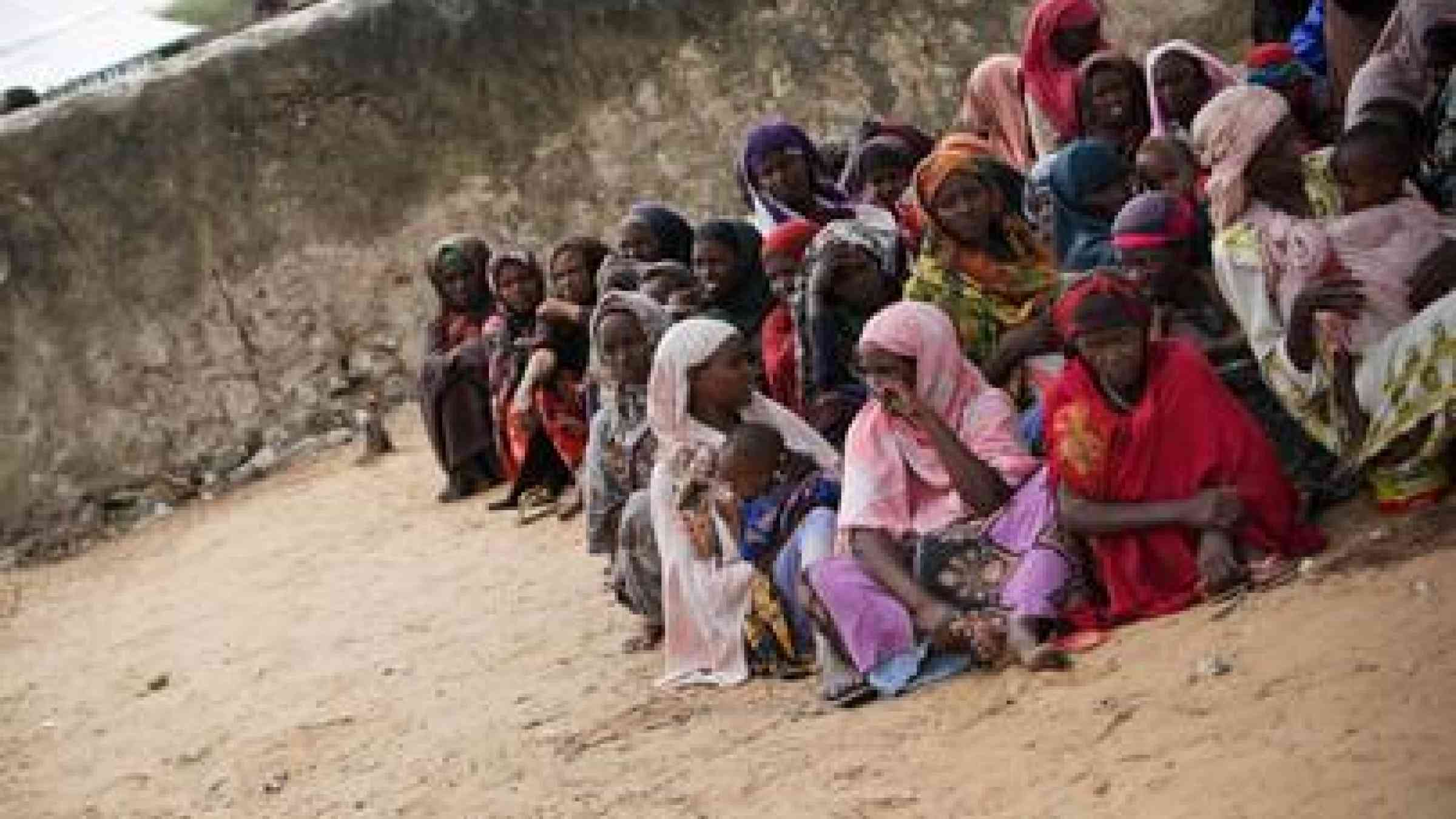Please help us improve PreventionWeb by taking this brief survey. Your input will allow us to better serve the needs of the DRR community.
Supporting resilience building is key to reducing humanitarian needs in Somalia

By Justin Brady
There is a proverb attributed to the ancient Greeks that says, ‘A society grows great when old men plant trees in whose shade they know they shall never sit.’ Few such trees have been planted in Somalia in the past three decades leading to a population rated one of the most vulnerable in the world to severe climactic shocks and conflict.
Somalia is at a critical juncture, where it has made true progress on the political and governance fronts, but where these significant, yet fragile, gains have yet to translate into sustainable development - mainly due to a lack of strong governmental institutions since in 1991. Proof of the improved conditions came in 2017, when the collaborative efforts of aid agencies and authorities, aided by timely and historic levels of support from donors, staved off the threat of famine. But the damage caused by recent flooding has attenuated communities’ ability to recover from prolonged drought. In addition, protracted conflict that defines the protection crisis at the heart of the Somali experience continues to cause mass displacement and disrupt livelihoods across the country. Malnutrition and disease continue to stalk the population. Some 5.4 million people need assistance in 2018.
Meanwhile, the cost of delivering aid continues to spike. In 2017, $1.3 billion was provided to avert famine in Somalia. Another $1.5 billion is needed in 2018 for aid. Between 2010 and 2017, $7 billion was provided for aid – an average of $875 million per year. The vast majority of this funding saved lives but has not strengthened the resilience of disaster-prone communities, despite the idea having been a standing agenda item since 2012. The initial interventions in 2012 were aimed at the family level, but the gains in governance and security already mentioned now open the door for more systemic resilience efforts. Unfortunately, growing donor interest in resilience has yet to be matched with the resources required to implement it. The Overseas Development Institute (ODI) estimates that, for every $100 spent on response in Somalia, only $0.08 go towards disaster risk reduction. Put simply, aid is funded to avert humanitarian catastrophes, but not to extricate people from the margins of vulnerability.
Opportunities now exist to implement longer-term investment strategies and to build-up the country’s resilience to the recurrent shocks. Recent evidence shows that doing so improves efficiency and establishes a foundation for long term development programmes. More importantly, it allows people to fend for themselves with dignity.
In the midst of the famine prevention effort in 2017, the Federal Government of Somalia, with support from the international community embarked on a process to create a Resilience and Recovery Framework (RRF) to address deficiencies in systemic resilience and to plant those trees from which future generations will benefit. Humanitarian and development partners cooperated on immediate and long-term solutions to alleviate the impact of the drought and that has carried into 2018 and the impacts of flooding. A lot more can be achieved when there are stronger links between humanitarian and longer-term development solutions.
If you strip away the emotion and images of children on the brink of death from starvation, there lies a business case for the RRF that supports the resilience and long-term development approach. It costs $2.8 million to truck water for 20,000 people per year, the same amount invested in sustainable water sources would provide for the same population, but over a 15-year period with regular maintenance.
A study commissioned by USAID in Somalia also posits that early reaction to disaster can save up to $220 million on the cost of responses over a 15-year period. When the money saved as a result of livelihood not being lost is incorporated, an early humanitarian response could save $460 million. When the disaster is completely avoided, and would-be-losses are incorporated, the programming contained in the RRF could save $595 million, or an average of $40 million per year. A resilience building intervention can increase in income of $405 per family per year.
Similar savings can be found across other humanitarian interventions. However, the funds being spent to truck water or feed a child cannot simply be transferred today to investments without sacrificing those currently in need. The cost of systemic resilience for water systems, agricultural improvements, flood mitigation and durable solutions for the internally displaced must be incurred in parallel to humanitarian interventions.
Explore further
Please note: Content is displayed as last posted by a PreventionWeb community member or editor. The views expressed therein are not necessarily those of UNDRR, PreventionWeb, or its sponsors. See our terms of use
Is this page useful?
Yes No Report an issue on this pageThank you. If you have 2 minutes, we would benefit from additional feedback (link opens in a new window).